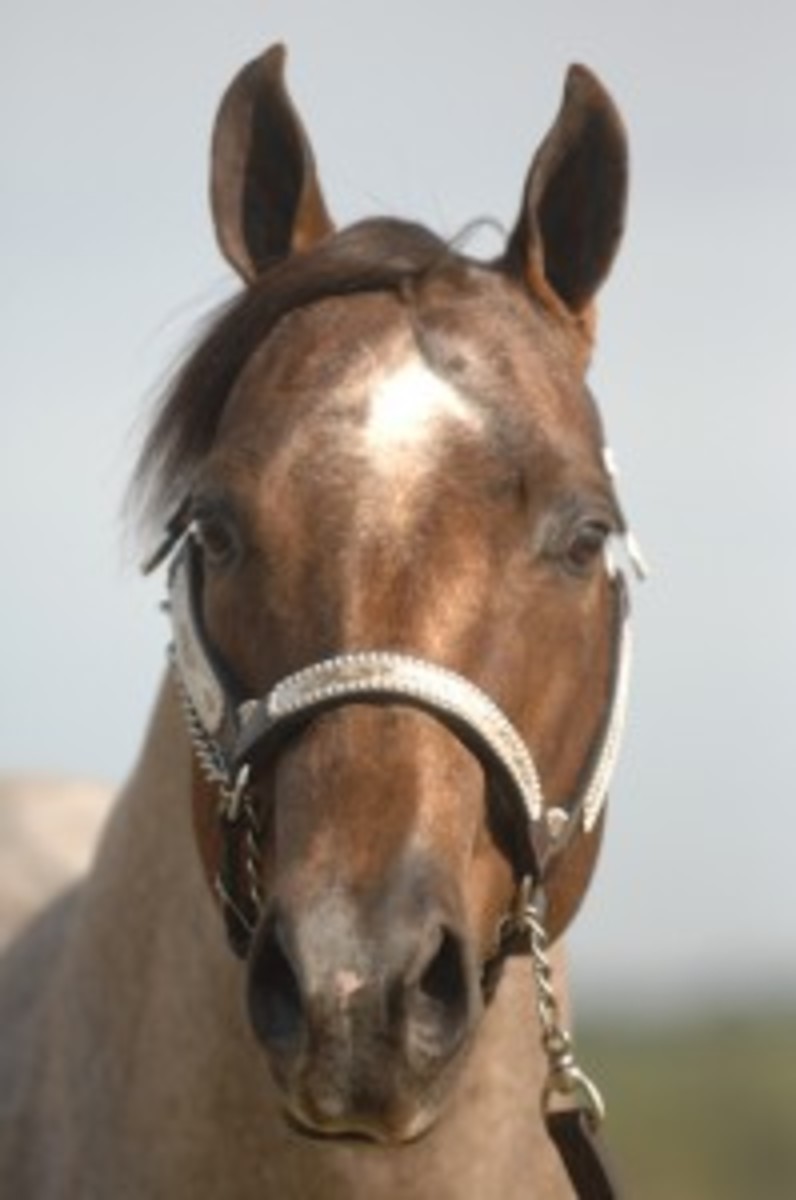
That whorl or cowlick on your horse’s face?does it indicate his inborn temperament? Can whorl placement even help you predict the behavior tendencies of a prospect you’re thinking of buying?
Many would say yes.
I’ve been fascinated by whorls ever since doing the research for an article I wrote a few years ago. “What’s in a Whorl?” tells about the science behind these hair swirls (courtesy of Temple Grandin, PhD, and others). It also shares what horsemen like Bob Avila, Benny Guitron, and Doug Carpenter think of whorls.
For those who do believe, the basic premise is this: A whorl centered on the forehead at the level of the eyes or slightly below tends to indicate a less reactive temperament?in other words, a horse that may be easier overall to work with.
A whorl higher up on the forehead, or two or more spaced somewhat apart, may indicate a more complicated nature. (To see a basic diagram of forehead-whorl placement plus one horseman’s take on whorl analysis, click here.)
Why the link between whorls and temperament? Scientists speculate it’s because the nervous system (which involves temperament) and the skin (which contains the whorl patterns) are formed in the same embryonic layer during a foal’s development in the womb.
Still, both Temple Grandin and Linda Tellington-Jones (whose book first popularized the analysis of whorls) stress that these markers are best used not as a way to rank horses but as a guide in training.
“I’m not a fan of rough training methods in general, but if you use them on a high-whorl individual, you’ll probably traumatize and wreck that animal,” Grandin says, adding that you should be careful to avoid even mildly frightening a horse with high whorls.
For more on whorls, check out this Polish hair-swirl study and review my original article. Then go out and examine the cowlicks on your own horses and let us know: Are you a believer? Do whorls seem to be a reflection of your horses’ basic temperament?







